There is more to this clock restoration than meets the eye. Coaxing precision crafted clock parts to work in harmony when they have been battered by neglect and the passage of time is one thing. Entering the mysterious and timeless world of the blacksmith is another. And it turns out to be an unexpected treat.
I must say, I was daunted when at first I saw the extent of the damage to the Robinson clock. (See My Word – here’s to you Mr Robinson for the beginning of the story). It wasn’t so much what was there, it was more what wasn’t there, and how on earth to source it.
Hooked
A missing pulley wheel is one thing – the brilliant clock components wholesaler Cousins could easily supply a new one almost matching the one that had survived forty-five years of neglect. The missing hook on one of the weights was another issue entirely. I could see what was needed – a new hook – but not how to source it or apply it.
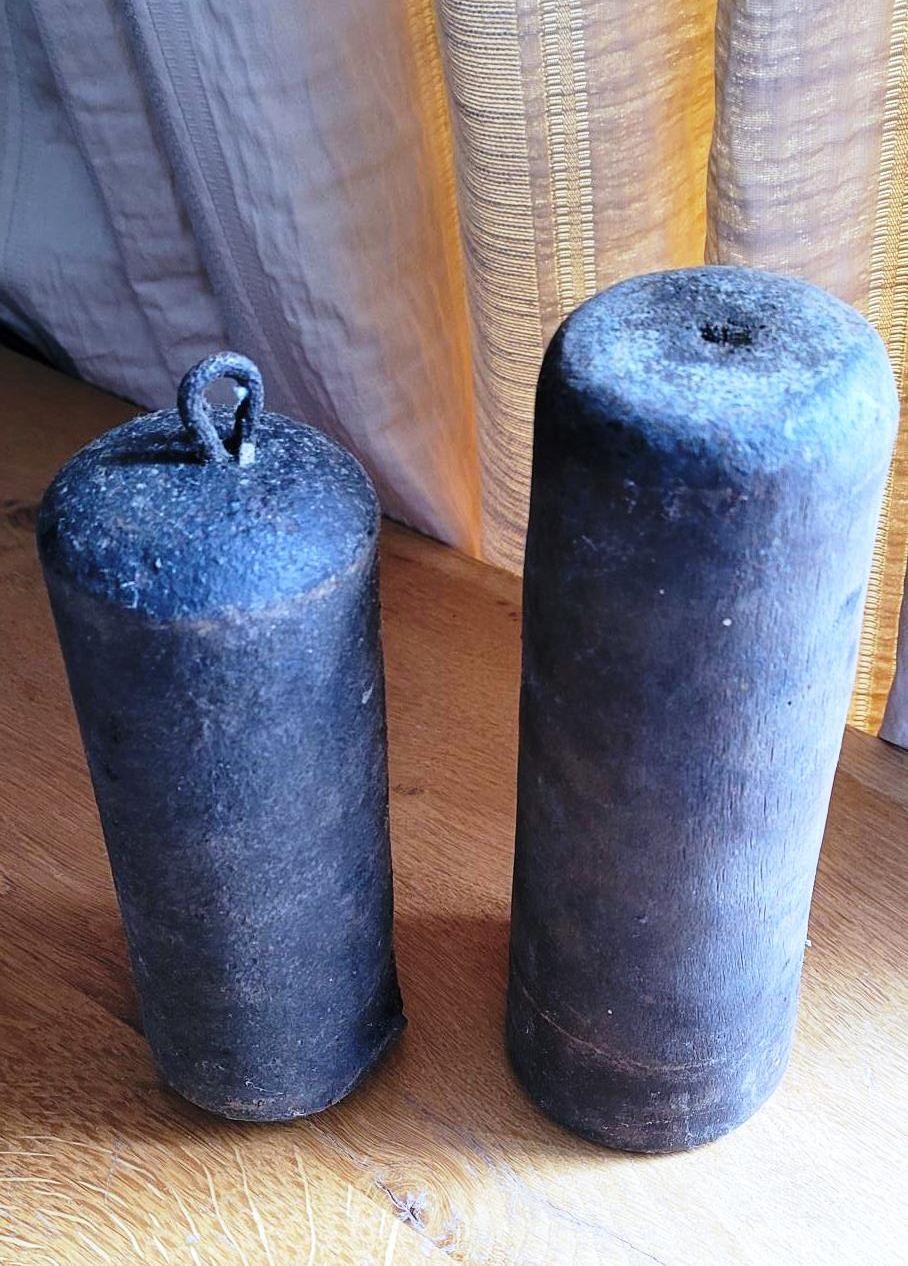
Then, taunting me from the workbench, there was the remains of a pendulum rod, rusting except for the brass header which was crimped too tight shut to be prised apart. And the last several inches of the rod, which should have sported a thread for the adjusting nut to hold up the sliding pendulum bob, also missing, was also nowhere to be seen.
Talking old solders
But most alarming was the crutch arm, or what was left of it, still attached to the arbor holding the escape pallet. Half way down what should have been there, the rod stopped in an ugly glob of solder. Someone’s earlier attempt at repair had gone disastrously wrong.
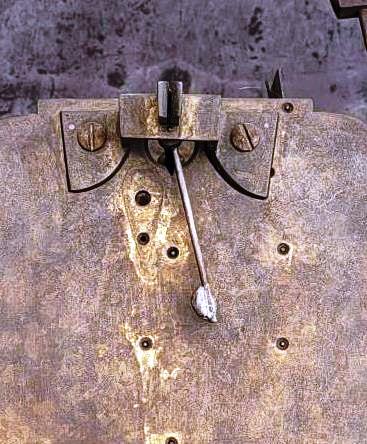
It’s a 2mm diameter of steel. It should extend by a further three inches than it does. And at its base there should be attached a hollowed piece of plate steel, 2mm thick, into which slides the brass plate of the pendulum spring.
Jesus loves you more than you will know
I check the catalogue, and sure enough, the wholesaler can supply me a replacement which, with minor adjustments, would work, I think. But the broken crutch arm looks at me from the bench, and pleads to be sorted. Surely it would be more respectful to Mr Robinson (Jesus loves you more than you will know) to use as much of the original clock as possible. A little piece of wire, a bit of neat soldering and Bob’s your uncle.
While I try to work out what to do, I clean off the solder and ready myself to angle the end of the rod to provide a better connection when I solder the new piece to it. First, though, I need to source the new three inches of 2mm steel rod.
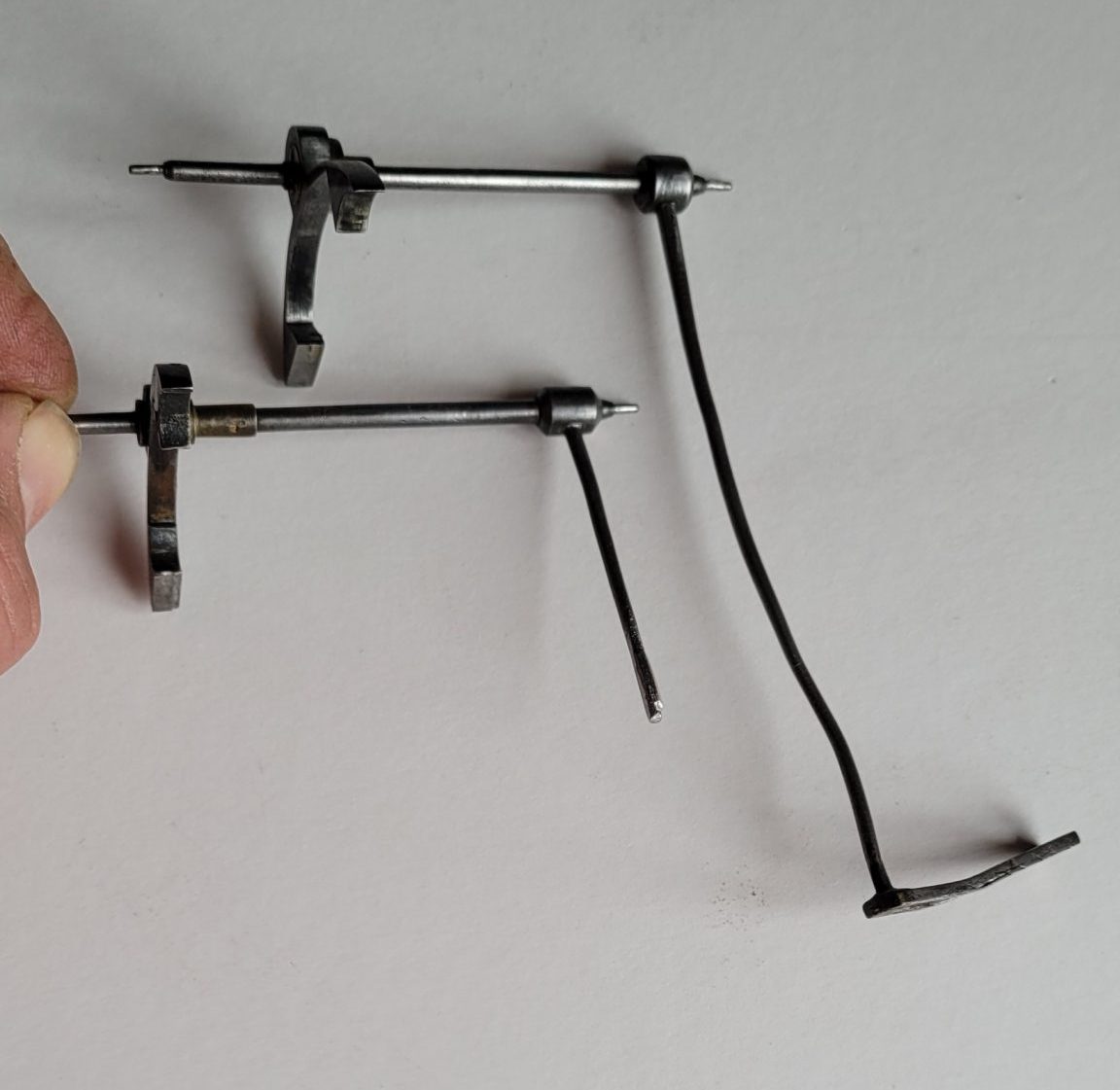
The sales team at a steel stockholder in Wetherby send me packing. Looking at the pictures on their website, of coils of steel bigger than my growlery workshop, I understand why. I am too proud to ask if I can rootle through their garbage skips for scraps.
I try the local blacksmith, and strike gold.
Tom Heys is a craftsman, more used to dealing in large chunks of iron heated to white in his hearth and coaxing into ornamental railings and gates. But he’s an affable chap and too polite to say no when I call. Instead, he suggests that I call round to see him at his forge in Flaxton north of York and he’ll take a look.
He greets me, his smile as warm as the brazier glowing in the corner of the forge. And effectively, we share the work. He cuts me a small length of plate metal and drills holes into it which I will file out to create the sleeve we need to affix the new piece of rod he will cut and attach to what is already there, to create the new crutch arm.
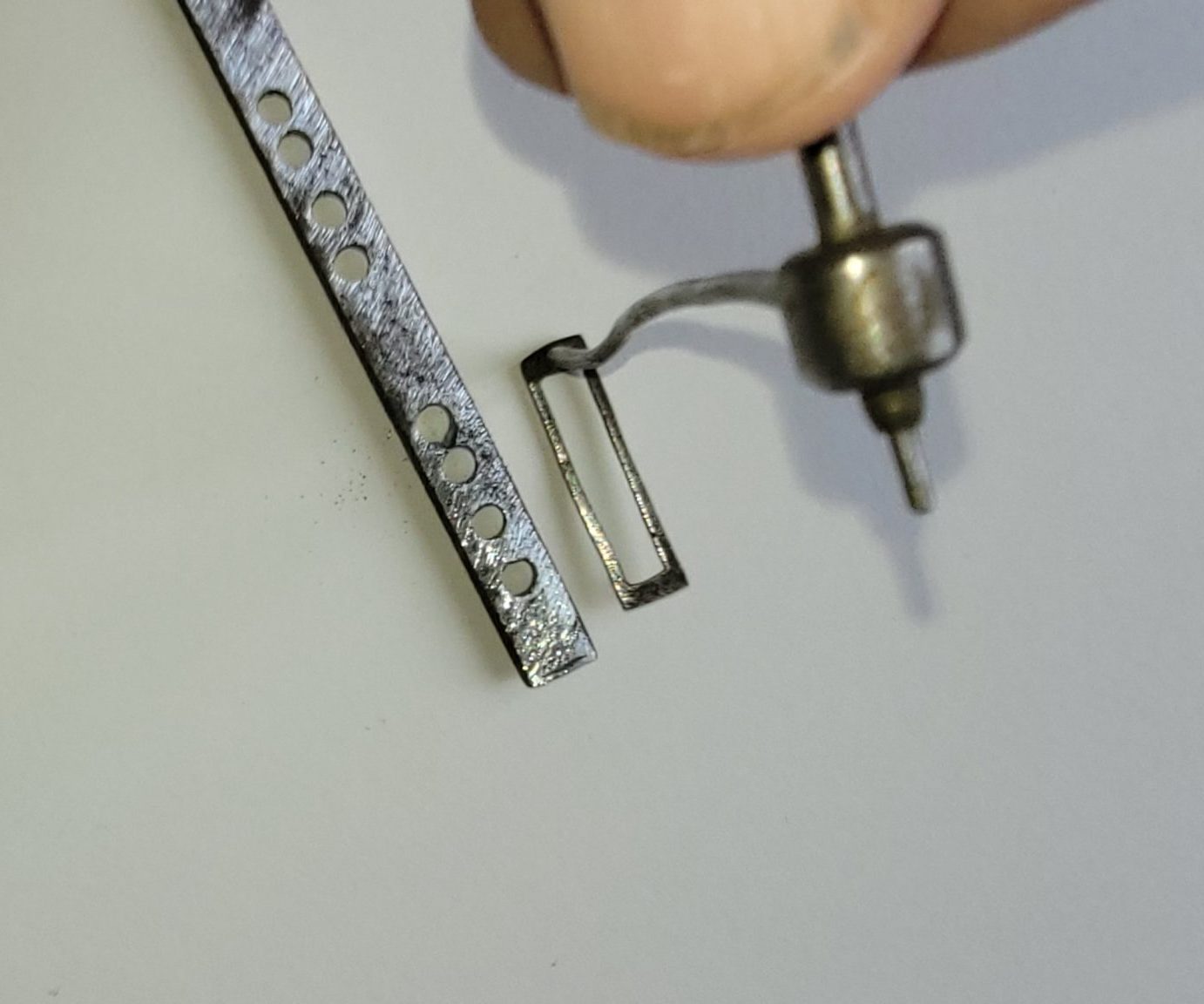
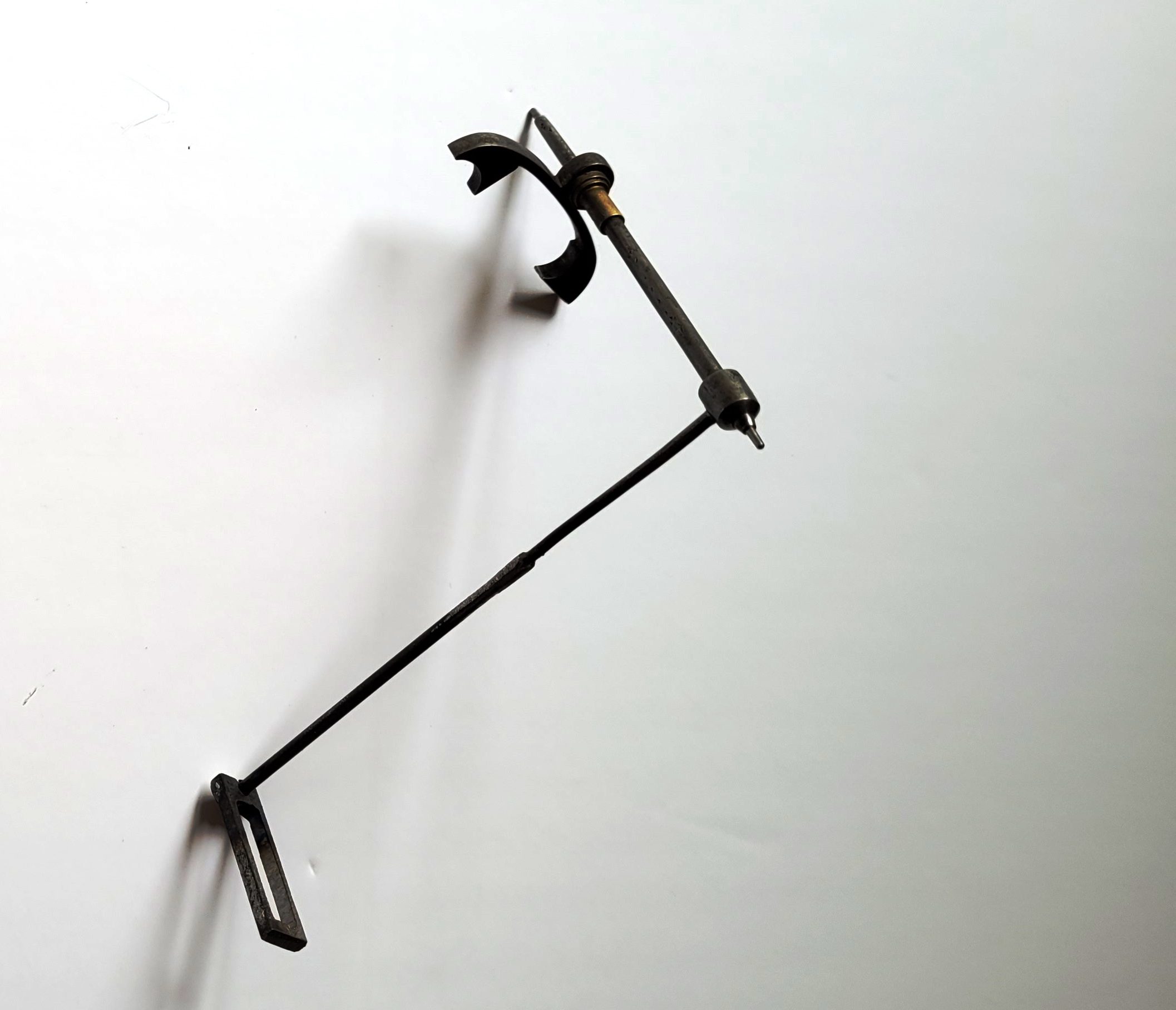
Yes – he can put a new hook on the smaller of the two weights. Meanwhile, I file away like a jail breaker at the completed loop of the other one, in order to accommodate the pulley wheels which will feed the gutline. He prises open the brass head of the pendulum rod, tapping out the rivet that is holding it together.
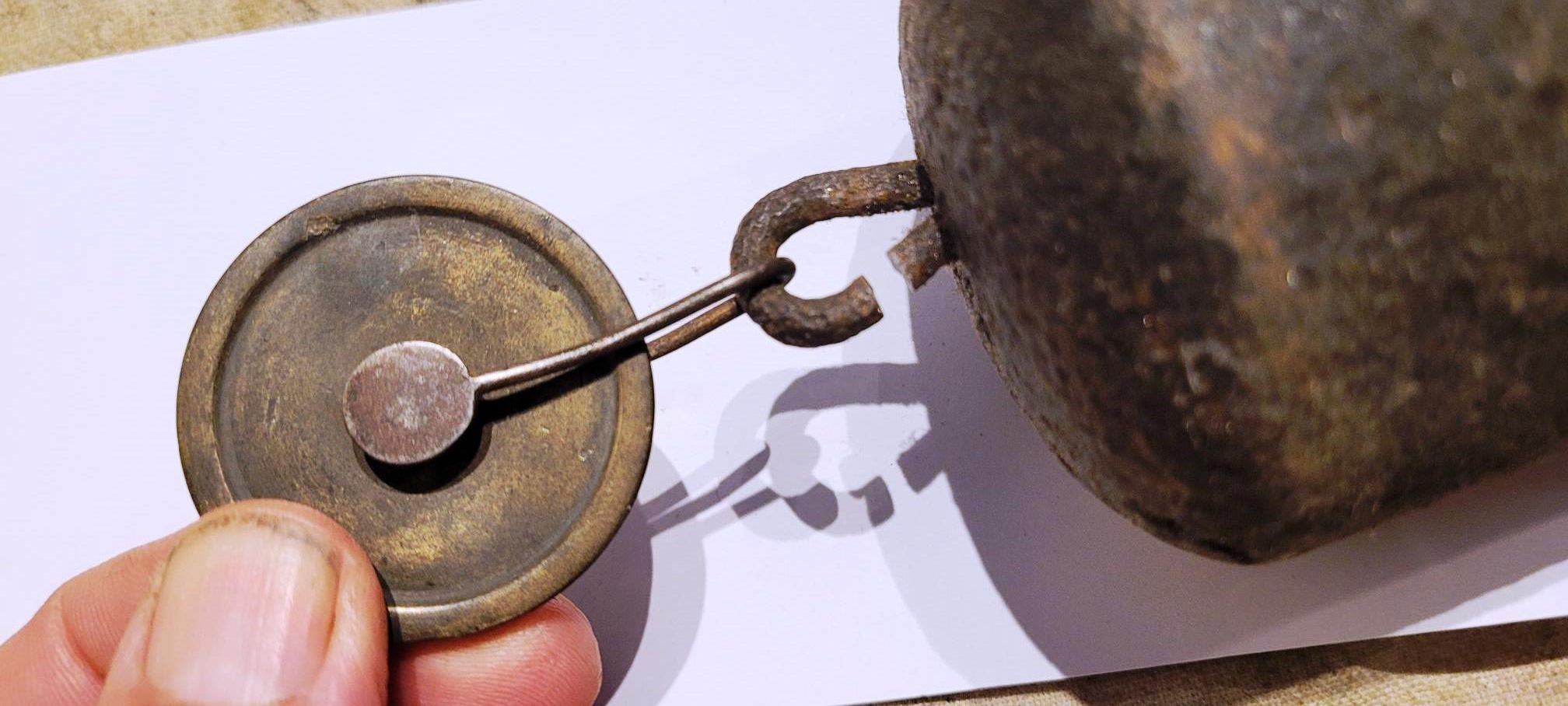
Heaven holds a place for those who pray
We can’t sort everything. I have to buy the replacement pulley wheel and the pendulum bob and slider to adjust the speed at which the clock runs. The longer the pendulum, the slower the clock runs. I have to buy a new suspension spring to replace the missing one.
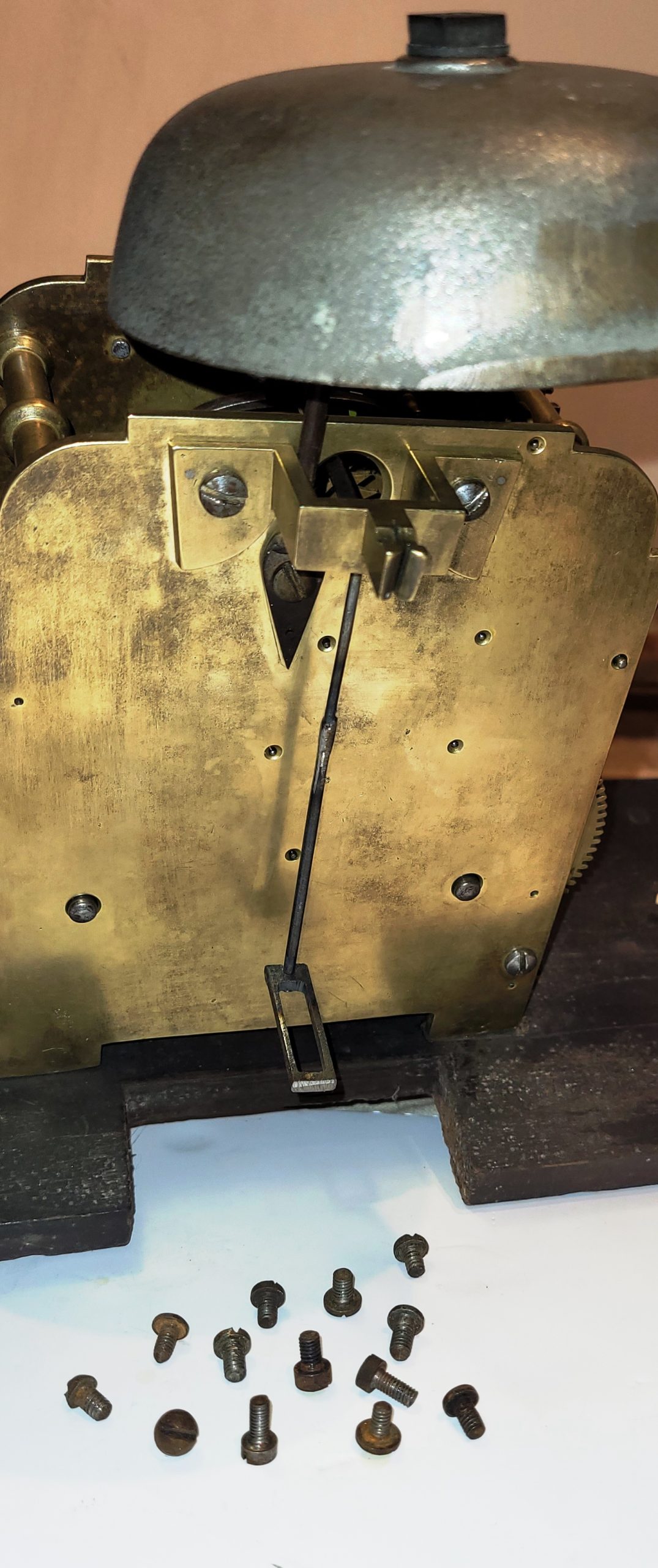
But we get there and with new gutline fitted, the clock is almost ready to reassemble.
Will it all work? Mr Robinson will have to wait. Heaven holds a place for those who pray. And there are more dramas ahead.
I feel your pain. I went through the process of resurrecting a Scottish longcase with bell and strike and had to walk through some challenges. Luckily I was able to source some aftermarket parts for an American supplier but had to make minor changes to have them fit. The time side was fine for the most part but the strike side had not worked in years. The clock ran well for a while but would consistently stop when the pendulum was at the same height as the weights, yep, sympathetic vibration. It was mitigated by putting foam blocks between the wall and the clock case. It has been running faithfully for two years and keeps excellent time.